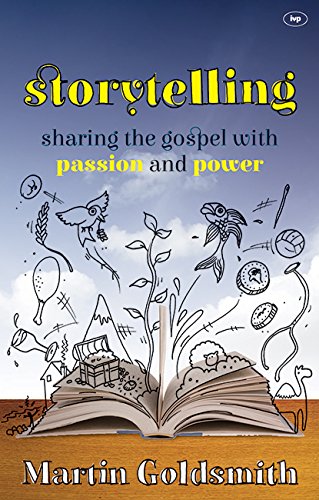Connecting with the heart
Martin Goldsmith spent many years sharing the gospel among Muslim people in Asia and has since spent time working back in the UK. He uses these experiences to open up different worldviews, showing how storytelling is a powerful tool for any follower of Jesus to have in their belt.
Storytelling explores the importance of being able to communicate both sacred and secular stories in such a way that brings theoretical claims about our faith to life. In fact, much of Jesus’ teaching was done through stories and parables. As western-educated, post-enlightenment thinkers we can easily overemphasise the importance of being able to share our beliefs rationally, but neglect to share them passionately. Goldsmith makes the claim that stories will captivate people’s hearts and memories in a way that mere facts never will.
Narrative theology is often much more accessible and memorable, not to mention much easier to share in day-to-day life and apply to the lives and needs of those around us. Because of this, people are also much more likely to re-tell them to family and friends, creating a ripple effect beyond the original storyteller.






